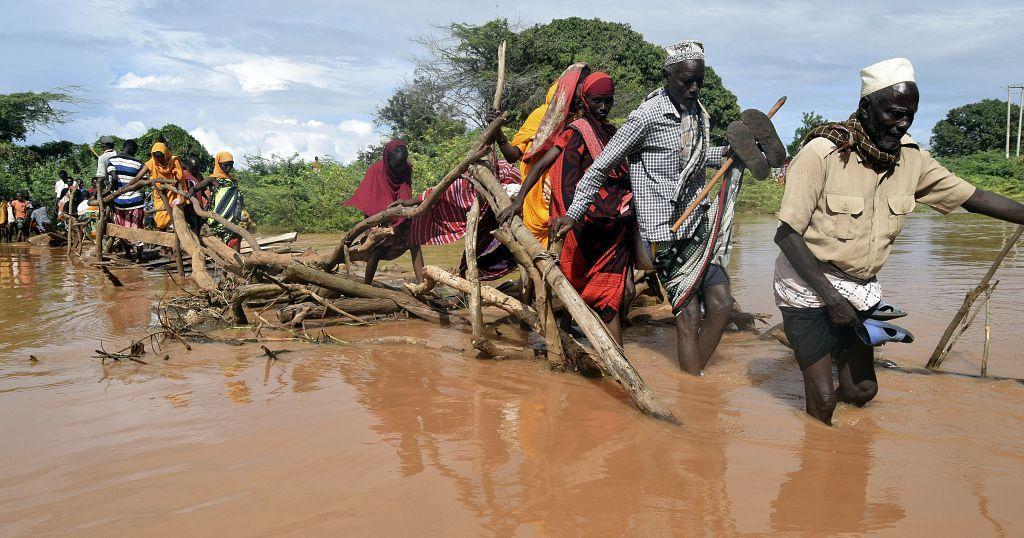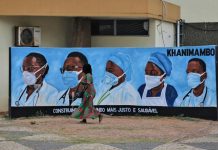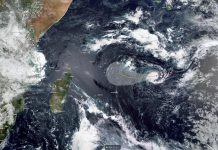Africa-Press – Mozambique. Wilson Mutai describes malaria as destructive and lethal. Recently the 76-year-old farmer and businessman was diagnosed with the disease at a hospital in Isiolo.
“I was taken to hospital and when I got there, a blood test was done and I was found to have malaria,” he said. The hospital did not have any medication to treat him. That prompted him to hire a private doctor to treat him at his house.
However, Mutai’s friend, who was ailing with malaria at the same time, could not afford a private doctor and he passed away due to lack of treatment.
“My friend passed away due to malaria because he could not get any treatment. In two to three days, without treatment, you are dead. This malaria is destructive,” he says.
Like Mutai, Kelvin Onkoba, a 25-year-old nursing intern, was diagnosed with malaria and he had to pay for treatment.
“Malaria impacted me in terms of, it made me miss work for four days which it was big blow for my team, the people from the community because of my skilled work that I usually provide to them,” he says.
“The medication was not available at the facility so I had to even dig more deeper in the pockets in terms of accessing medication,” he adds.
The International Livestock and Research Institute (ILRI) and Kenya Medical Research Institute (KEMRI) have partnered with Zoonotic Disease Unit to study how climate change affects the population and species of mosquitoes and disease transmission pattern by vectors.
ILRI set up weather stations in different locations to monitor weather patterns.
“The reason we have set up a weather station in this area is to be able to capture different environmental conditions like temperature, like humidity, like wind speed and wind direction to be able to really relate how these different components of climate could be influencing the population of vectors and also could be influencing the disease trends we are seeing around here,” says James Akoko, a research scientist at ILRI.
Using Centres for Disease Control (CDC) light traps, they capture mosquitoes using carbon dioxide, which attracts mosquitoes to the trap.
The mosquitoes are transported to KEMRI lab for species identification.
“When the mosquitoes are trapped from the field, they are transported in a cold chain, that is liquid nitrogen, to the KEMRI laboratory. And this is where now they undergo identification so that we are able to tell what species are present in that particular area,” explains Joel Lutomiah, an entomologist at KEMRI.
At ILRI, the mosquitoes are analysed to identify the virus and pathogens they carry.
“We also extract RNA which is another nucleic acid for the viruses and using polymerase chain reaction, we then determine the type of the virus that is carried by the mosquito,” explains Hussein Abkallo, molecular biologist at ILRI.
The Horn of Africa has recently experienced destructive floods that have caused massive suffering to people.
Willis Akhwale, a senior advisor for Kenya Malaria Council, says the recent heavy rainfall, which is attributed to the climatic phenomenon El Niño, creates stagnant waters that become breeding grounds for mosquitoes and that could lead to an increase of vector-borne diseases including malaria.
“There is more breeding, there is more breeding sites and there is therefore a high chance of transmission of vector borne diseases like malaria, like dengue, like Rift Valley fever and chikungunya. And with this therefore,you are likely to see increased cases of these diseases. And in an area like northern Kenya, that is not very well developed in terms of infrastructure, there will be a strain on the health system.”
The World Health Organisation’s 2023 malaria report says that in 2022 there were estimated 249 million malaria cases worldwide – 16 million more cases than the pre-pandemic level in 2019.
In 2021, WHO endorsed the first malaria vaccine in what it described as a “historic” effort to end the devastating toll the mosquito-transmitted disease has on Africa, home to most of the world’s estimated 200 million cases and 400,000 deaths.
That vaccine called RTS,S and marketed as Mosquirix by GSK.
In studies it was considered to be about 30% effective.
This year the World Health Organization also endorsed a second malaria vaccine called R21 Matrix M.
Research suggests the three dose vaccine is more than 75% effective and that protection from malaria is maintained for at least another year with a booster.
Both vaccines are expected to be rolled out in several African countries in 2024.
Source: Africanews
For More News And Analysis About Mozambique Follow Africa-Press






